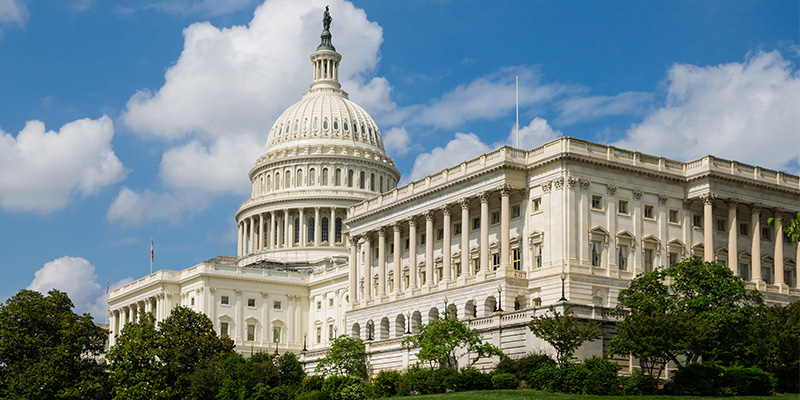Just prior to leaving for this week’s congressional recess, and before the tragic events of this weekend which unfortunately served to highlight our current political polarization, Republicans and Democrats in Congress worked together to introduce bipartisan legislation furthering one of NAIOP’s top legislative priorities. The Revitalizing Downtowns and Main Streets Act (H.R. 9002) was introduced last Thursday with 12 original cosponsors: six Republicans and six Democrats, all members of the tax-writing House Ways and Means Committee.
H.R. 9002 would incentivize the conversion of underutilized commercial properties to residential use, helping to address the historically high office vacancy levels resulting from hybrid work patterns that arose during the COVID-19 pandemic and which have become a persistent feature of our labor markets. At the same time, the adaptive reuse of these structures would help alleviate the lack of housing supply, including of affordable housing, in many localities. The welcome show of bipartisanship underscores the importance of the issue, which NAIOP has made a priority since last year.
The effort in the House is led by Representatives MIke Carey (R-OH), of Columbus, Ohio, and Jimmy Gomez (D-CA), of Los Angeles, California. Other original cosponsors of the bill on the Republican side are Mike Kelly (R-PA), a senior member of the House Ways and Means Committee, Brian Fitzpatrick (R-PA), David Kustoff (R-TN), Carol Miller (R-WV) and Claudia Tenney (R-NY). Democrat original cosponsors are Don Beyer (D-VA), Dan Kildee (D-MI), John Larson (D-CT), Jimmy Panetta (D-CA) and Terri Sewell (D-AL).
Carey’s office became interested in the issue after NAIOP members from his district met with his tax staff during NAIOP’s Chapter Leadership and Legislative Retreat. Gomez had introduced similar legislation in the prior Congress, but that bill had not advanced. NAIOP, with its real estate allies, met with Representatives Carey and Gomez and their staff, as well as Republican and Democratic tax committee staff, and worked with the members and staff to negotiate a bipartisan product.
The main features of the Revitalizing Downtowns and Main Streets Act include:
- Establishment of a temporary 20% tax credit to offset the eligible costs of converting an underutilized commercial building to housing. Buildings must be at least 20 years old.
- A total of $15 billion in tax credits, to be allocated by state housing finance agencies before Dec. 31, 2027.
- Of the total amount of tax credits, $12 billion is allocated to states based on their population, with the remaining $3 billion targeted to economically distressed areas.
- At least 20% of the resulting residential units must be reserved as affordable housing for those with incomes at or below 80% of area median income.
- The credit is designed to work with the Historic Tax Credit (HTC), Low-Income Housing Tax Credit (LIHTC), and other tax incentives.
- The tax credits will be transferable, so that real estate investment trusts and entities with little or no taxable income can also utilize the credit, and to facilitate external financing for projects.
- The legislation provides for bonus credits for certain HTC projects in rural areas, low-income census tracts and for statutorily defined difficult development areas.
Upon introduction of the legislation, NAIOP President and CEO Marc Selvitelli congratulated Reps. Carey and Gomez, adding that the bill “reaches beyond the urban core and into cities of all sizes across the country … Its impact on local tax revenues will replace dollars lost to underutilized and defaulted properties, and it provides building owners with the opportunity to create more sustainable, energy-efficient spaces.” Selvitelli sent a letter to all House members urging them to support the Carey-Gomez legislation.
With little time left for Congress before their August recess and the fall elections, action on the legislation is still possible in a lame-duck session of Congress. More likely, however, is that this issue will be part of the looming tax debate surrounding renewal of expiring provisions of the Tax Cuts and Jobs Act (TCJA) in 2025. Incentives for housing and community development will be a major area of discussion for the House Ways and Means Committee members during that debate, and the strong bipartisan showing at the outset for the Revitalizing Downtowns and Main Streets Act means that it will be part of the discussion.
As H.R. 9002 is considered by Congress, NAIOP’s government affairs staff will be engaging with NAIOP’s local chapters, individual members, and our national real estate allies at critical times during the bill’s progression to ensure that our elected officials understand the importance of the issue to our communities and our industry.








